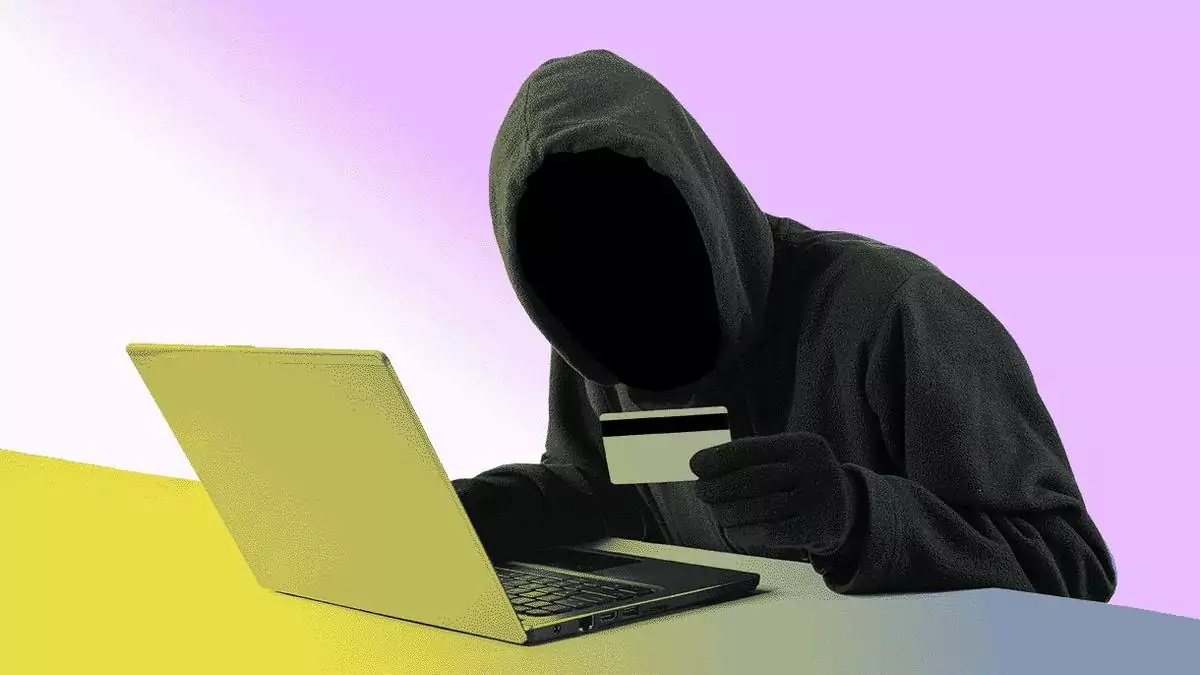

Internet scam or Internet fraud is a catchy term that refers to various types of fraud that take place on the Internet or through software that has access to the Internet. Fraudsters use malware, phishing techniques, and social engineering to gain access to personal data, usually to steal money.
What Is Internet Scam?
There are many types of online scams, but they all have one thing in common: they try to trick you into revealing your personal information or paying for something you won’t get. The most common Internet fraud schemes are email scams such as the famous Nigerian scam, auction scams, Craigslist scams, dating site scams, fake antivirus, and quick money scams, and credit card pre-acceptance scams. Each type is a kind of money scam on the Internet.
The most popular types of online fraud:
- Phishing or catching a victim. Phishing is an online scam that attempts to obtain confidential information, for example from someone who has a bank card or bank account. The victim usually receives an e-mail with a message about the need for authorization on the bank’s website or confirmation of personal data on some Internet platform. By clicking on the link contained in the letter, the victim gets to the platform, which is just an imitation of the bank’s website or online store. In fact, the victim of a data entry fraud gives the card details to online scammers who will use them for their own purposes.
- Winning the lottery. Lottery scams are one of the most popular on the web. The cheated person receives an email stating that they have become the winner of the lottery and must contact the organizer to receive the prize. In the next email, the “winner” will be asked to deposit some amount to collect the entire winnings. In this case, common sense should protect you from fraud – you can not win a lottery that you did not participate in!
- Fake online store. Fake online stores are often part of a larger scam, the next step of phishing. It is the type of website that the recipient of the email is directed to inform them about the need to verify the data. Online payments and transfers to fake sites are made without the HTTPS protocol (without the green padlock in the site’s address bar). A fraudster who has obtained the data of a deceived user can either steal money from a bank account or use the victim’s personal data for money laundering.
Where Do Internet Scams Come From?
Online scams can take the form of malware, such as a virus or spyware, that downloads stealthily onto your computer to steal your passwords and gain access to bank accounts, or use fraudulent email and social engineering to extort money.

How to Recognize Money Cheating on the Internet
The best way to recognize deception is to follow the proverb: all that glitters is not gold. Many Internet scams can seem like great deals. all you have to do is make a small deposit to cover the so-called “processing fees”. Another type is a scam based on installing malware on your computer. They recommend that you download a file that will help restore the infected computer after a pop-up window appears informing you about the threat. You just need to download a fake antivirus program.
How to Deal With Online Fraud
There is no definite answer to the question “How to protect yourself from fraudsters on the Internet?” Internet scams are an easy way to steal other people’s money, and there will always be someone willing to use this method.
Ways to Prevent Online Fraud:
- common sense;
- don’t trust anyone who offers you unexpectedly large amounts of money;
- do not pay by card, following unknown links sent to you to the mail or in messengers. Use only those sites that you personally trust for payment or double-check by entering the name of the site into the search engine to compare offers;
- do not send money to anyone in order to get something for free.
Is E-Banking Safe?
To keep yourself safe from phishing, remember that banks never send emails to their customers to verify their data. Online banks use effective multi-layered security measures. The bank never asks for your identification code or card number when you enter the system, but only a portion of it in conjunction with a password or code sent via SMS. Do not enter your credit card number on websites that lack HTTPS and the green padlock in the bottom right corner of your web browser. Online banking is safe if the customer is guided by common sense, protects their personal data, and chooses only trusted services.
Protect Yourself From Online Scams
Only buy from legitimate e-commerce sites, never enter your bank card details or send money to anyone, especially with money transfer, and generally treat any unexpected offers as suspicious. At the same time, you can also protect yourself by choosing a safe and proven money transfer service like Perekaz24, if you need to make a transfer to a Ukrainian bank card. The service uses the rules and procedures for the protection of user personal data, which are established by Regulation No. 2016/679 of the European Parliament and of the Council of the European Union of April 27, 2016.






